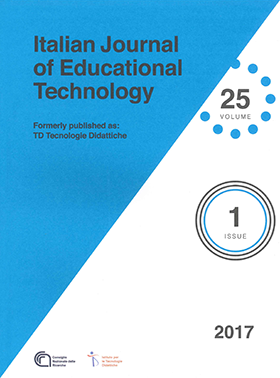Engaging at-risk youth through self-directed learning
Main Article Content
Abstract
The large number of young people in Europe who lack formal qualifications constitutes a considerable concern in terms of individual, social and economic consequences. The influx of young migrants into Europe is making this issue even more significant. To avoid social exclusion and youth unemployment, and to ensure economic progress, the European Union (EU) and national governments are providing a variety of educational opportunities for these young people. As traditional approaches have not proved particularly successful, an alternative approach has been developed that seems to overcome previous limitations. This approach is characterized by a focus on learners’ agency and identity, and offers young at-risk learners a different, more intrinsically motivating learning experience. The approach was implemented in 12 pilots in six different European countries, including several with migrant youth from different regions of the world. The main result presented here is a comprehensive design framework developed on the basis of a cross-case analysis. The framework includes design principles concerning the organization, as well as the pedagogy, of engaging at-risk youth.
Article Details
Section
Authors who publish with this journal agree to the following terms:
- Authors retain copyright and grant the journal right of first publication with the work simultaneously licensed under a Creative Commons CC BY 4.0 Attribution 4.0 International License.
- Authors are able to enter into separate, additional contractual arrangements for the non-exclusive distribution of the journal's published version of the work (e.g., post it to an institutional repository or publish it in a book), with an acknowledgement of its initial publication in this journal.
- Authors are permitted and encouraged to post their work online (e.g., in institutional repositories or on their website) prior to and during the submission process, as it can lead to productive exchanges, as well as earlier and greater citation of published work (See The Effect of Open Access)

